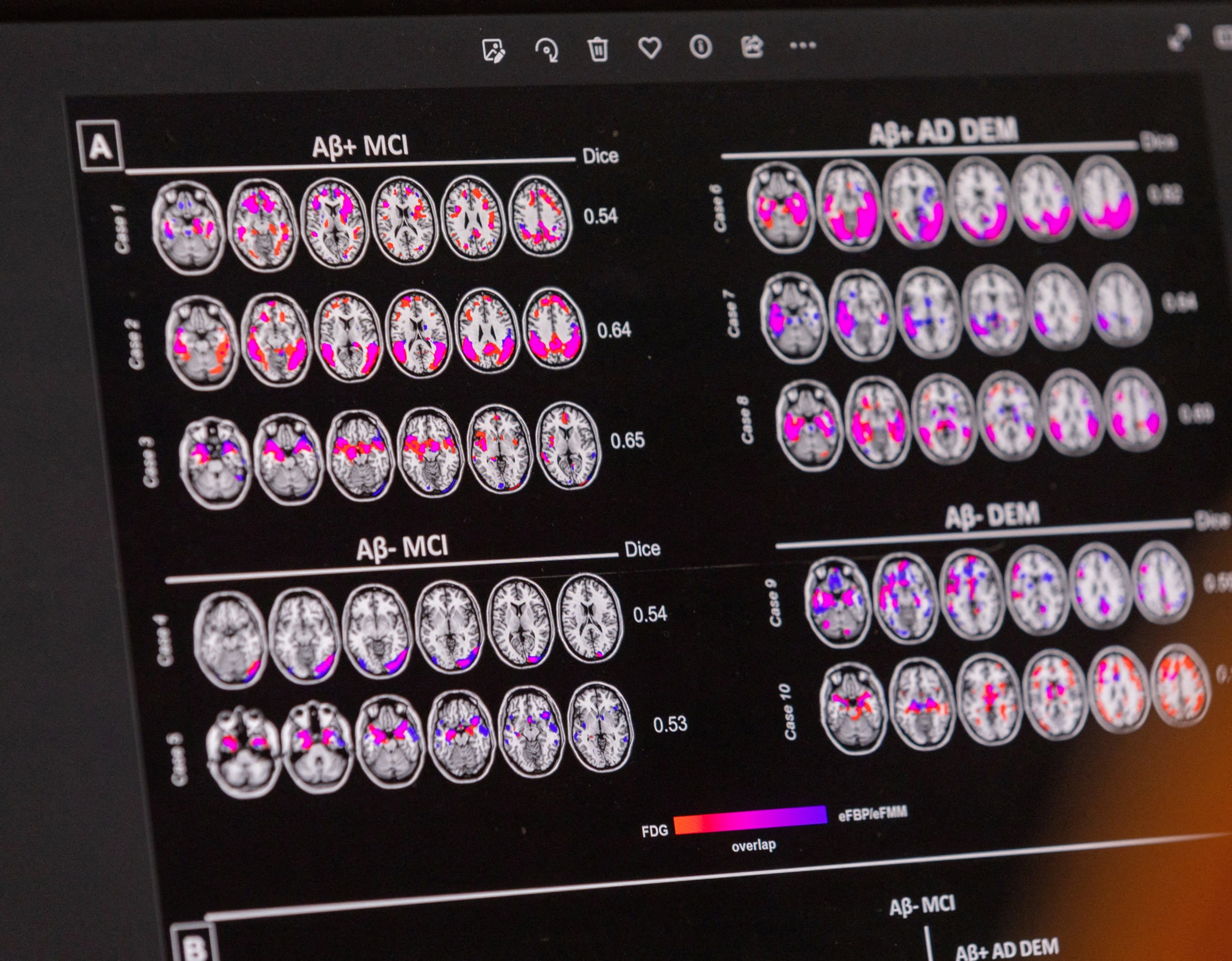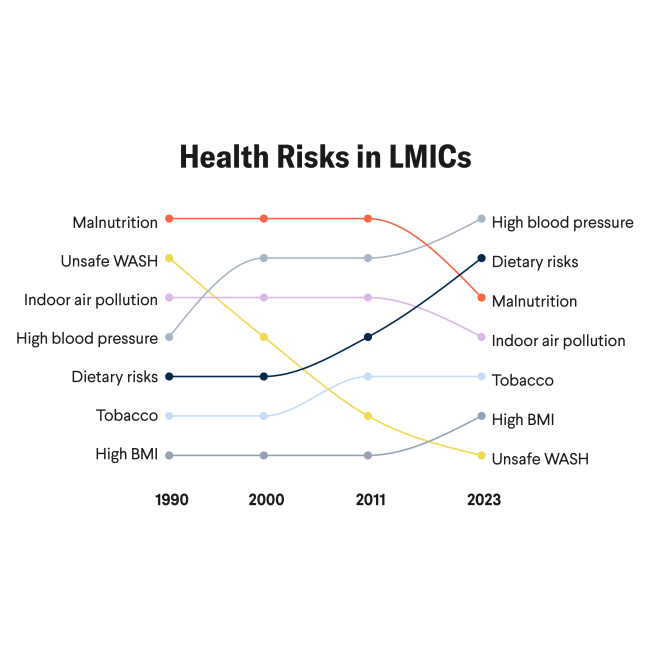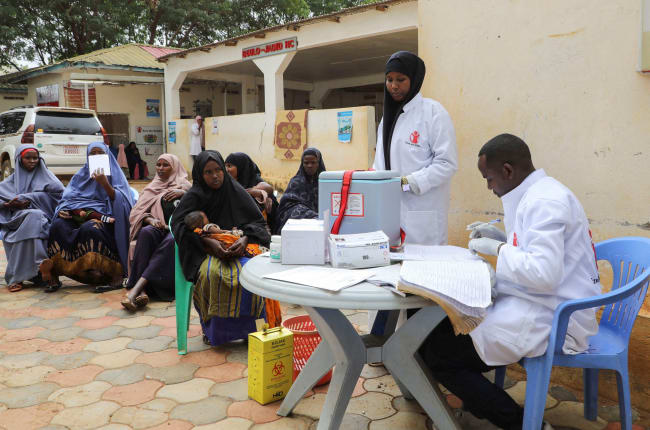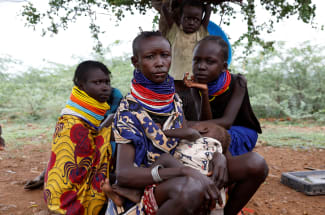In the twenty-first century, the most valuable asset of any nation is not its land or industry, but the cognitive, emotional, and social skills of its people—their brain capital. Recent advances in neuroscience and behavioral science have confirmed that brain health is a foundational pillar of human capital, productivity, and societal resilience.
The emerging brain capital framework offers a compelling systems-based approach that links brain health to innovation, social equity, and economic development. To realize its full potential, this framework should expand to include the environments in which human brains develop, work, and age. This moves beyond traditional diagnostic and treatment paradigms into prevention. The imperative is to outline a coherent and achievable plan for building a global brain economy that is broadly accessible and reflects the full life cycle of how brains are shaped by their environments from infancy to old age.
The golden age of brain health is on the horizon. The emerging opportunities depend on prioritizing prevention of brain disorders before they can take root rather than relying solely on treatment. Yet the true potential lies in advancing strategies that prevent many brain disorders from developing in the first place.
The inconvenient truth is that nations simply cannot treat their way out of the growing array of brain disorders. From 2010 to 2030, mental health, substance use, and neurological and neurosurgical conditions could present a $16 trillion annual cost to the global economy. That cost will manifest as governments tackle the multiverse of crises posed by aging industrialized nations, the rising incidence of mental health, and the growing dominance of artificial intelligence (AI) and emerging technologies that undercut how the human brain develops, learns, and adapts. In 2021, neurological disorders became the leading global cause of disease burden, underscoring the scope of this crisis.
The consequences are macroeconomic. An estimated 12 billion working days are lost annually to mental health challenges, at a cost of $1 trillion in lost productivity. According to the McKinsey Health Institute, if stakeholders invested proactively in employee health and well-being, including brain health, global GDP (gross domestic product) could increase by up to 12%, unlocking $11.7 trillion in global economic value. Brain disorders, including Alzheimer's disease and mental health disorders, disrupt the performance, productivity, and creativity of workers of all types.
Despite this, only 1% to 2% of global health financing is allocated to mental health, and just 12% of countries have dedicated budgets for neurological care. Governments are chronically underinvesting in a resource critical to economic and societal resilience.
Rather than relying on treatment and technologies to evade the brain health crisis, such as diagnostic and treatment systems for disorders such as depression and Alzheimer's disease, policymakers and businesses should accelerate investment in a global economic model that optimizes the performance and health of the most complex and efficient structure in the known universe: the human brain.
The inconvenient truth is that nations simply cannot treat their way out of the growing array of brain disorders
The brain economy, which relies on brain capital, should address not only neurobiological and individual-level determinants, but also the social, cultural, and structural conditions that shape brain development, maintenance, and decline. A recent mega-study of 161,981 participants across 40 countries found that physical, social, and political forces shape people's daily lives. These so-called exposomal or environmental factors of accelerated aging include physical (air quality), social (socioeconomic and gender inequality, migration), and sociopolitical (representation, party freedom, suffrage, elections, and democracy) determinants.
Countering those issues requires a systemic approach that places a premium on improving brain capital at various stages of life, from fetal brain development to the first thousand days, to youth, adulthood, and later life. First, though, communities need to understand the forces shaping brain development around the world today. Those include factors such as nutrition, education, pollution, and AI systems.
The Adult Brain in a High-Pressure World
Adulthood today unfolds within economic and social contexts defined by precarity, overstimulation, and the erosion of community ties. These conditions are stressful and neurobiologically harmful. Chronic activation of stress pathways elevates allostatic load—wear and tear on the body—and increases vulnerability to cognitive dysfunction, mood disorders, and immunological decline.
Contemporary work cultures—dominated by multitasking, hyperconnectivity, and long hours—sustain the nervous system in a near-constant state of activation. This impairs executive functions such as memory consolidation and decision-making. At the same time, poor dietary patterns, sedentary lifestyles, and time scarcity further erode cognitive well-being.
Policies that promote flexible work environments, cognitive rest, relational connection, and access to green spaces are not luxuries—they are prerequisites for a sustainable brain economy. HKS Inc., a Dallas-based architecture firm, and the University of Texas at Dallas Center for Brain Health have developed such a strategy. Their Brain Healthy Workplace provides practical interior design strategies to promote an intentional mixture of focus, exploration and ideation, collaboration and cocreation, rest and reflection, and social connection. The Business Collaborative for Brain Health has also developed a brain health workplace assessment tool and practical recommendations for businesses. The transition ahead requires an ambitious, multisectoral strategy that treats brain capital as both a public health mandate and a productivity driver.
Early Childhood: Foundational Investments
The human brain is uniquely sensitive to its early environment. Socioeconomic disadvantage during early childhood is associated with structural brain differences—including reduced cortical thickness and connectivity—even in the absence of certain diseases. These disparities are driven by nutritional deprivation, limited language exposure, chronic stress, and reduced relational stimulation. These impairments will limit cognition functions such as language, executive function, and memory throughout life.
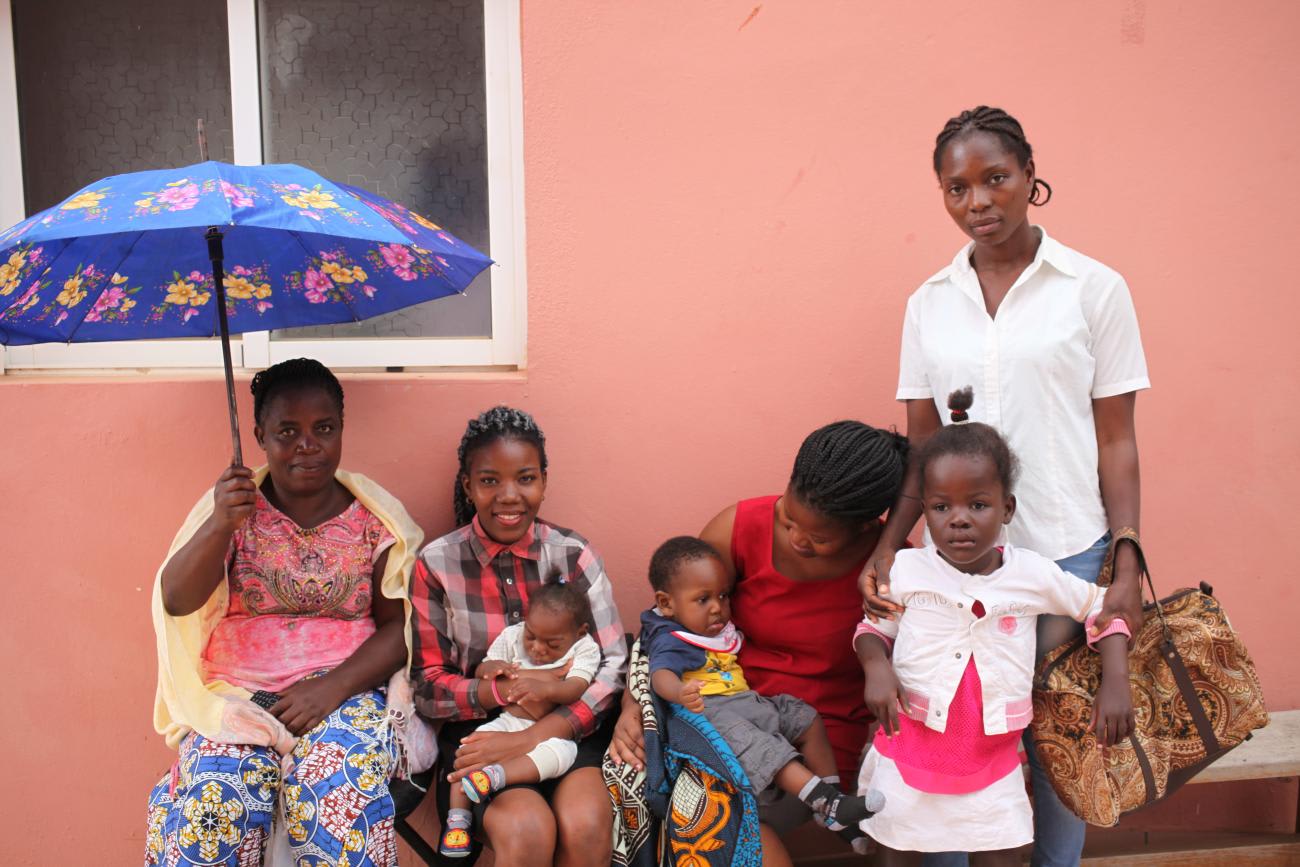
Longitudinal evidence, including from the Jamaican early stimulation study, demonstrates that relational interventions in early childhood can yield long-term benefits in educational attainment, emotional resilience, and income levels. These findings have informed policy efforts in Argentina, where insights from neuroscience have been increasingly integrated into governance to promote cognitive and socioemotional development throughout the lifespan and across diverse populations.
Pediatric hydrocephalus—the accumulation of fluid in a child's brain—is another condition for which neurosurgical care offers high returns, especially in low-resource settings. As outlined in a recent paper examining the role of neurosurgeons in the brain economy, affected children who do not receive surgery often die or live with severe disability. But, when treated early, many regain cognitive potential, attend school, and lead independent lives. The cost-effectiveness of treating hydrocephalus in low- or middle-income countries is striking, with benefit-cost ratios of at least 7:1 and, in optimal conditions, as high as 50:1. The World Health Organization's Intersectoral Global Action Plan on Epilepsy and Other Neurological Disorders encourages the integration of hydrocephalus care into broader multisectoral health initiatives.
One of the most significant legislative initiatives recognizing the relationship between household income and brain health is the Integral Human Development—Mental Capital Promotion Bill [PDF], (currently led by Facundo Manes). This world-first bill advances the use of neuroscientific evidence to strengthen cognitive and emotional capacities across all stages of life, recognizing brain health as a foundational pillar of national progress. Through six key approaches, it aims to develop, protect, and enhance the brain capital of citizens:
- prevention and risk reduction through public campaigns, early-life interventions, and school-based brain health education;
- early detection and diagnosis via standardized protocols and specialized training for health-care providers;
- investment in research—both basic and applied—in partnership with international organizations;
- workforce training for professionals across health and social care;
- equitable access to brain health services nationwide, with particular attention to underserved regions; and
- caregiver support and community inclusion for people living with dementia.
Moreover, the African Development Bank has popularized gray matter infrastructure development frameworks and actions centered around nutrition investments for early childhood brain development.
Those initiatives aim to align early stimulation, parental support, and nutrition policies with scientific evidence on brain development and could offer inspiration for other countries.
Aging and Inequality: The Final Frontier
Although the brain capital framework rightly emphasizes aging, it should go further in addressing the neurocognitive toll of inequality. Research shows that individuals living in more unequal societies exhibit smaller hippocampal volume and compromised neural connectivity, independent of personal income or education.
Social isolation among older adults accelerates cognitive decline and emotional vulnerability. In Latin America, more than 7.6 million people are projected to have dementia by 2030. To address this issue, Argentina's proposed National Brain Health Program aims to establish an integrated framework for early detection, preventive care, and social inclusion.
Yet, beyond protection, older adults should be recognized as sources of knowledge, memory, and civic value. A truly inclusive brain economy should support intergenerational connection, sustained intellectual engagement, and epistemic recognition.
Africa's 6×5 Plan, a five-year strategic framework developed through multistakeholder insights and led by the Davos Alzheimer's Collaborative to strengthen pan-African brain health and economic resilience targets six high-impact priorities across the lifespan. These include strengthening advocacy and health literacy, positioning brain health as a socioeconomic driver, breaking down silos of people and data, repurposing local resources, investing in AI and digital health, and boosting research funding. This initiative seeks to accelerate Africa's response to the needs of an aging population and position the continent as a global leader in brain health innovation. The project aims to scale up and sustain engagement over the long term and explicitly aims to ensure pancontinental coverage.
The Road Ahead
The brain capital framework has opened a vital interdisciplinary conversation on the role of neuroscience in public policy. No longer confined to academic circles, it is gaining traction at the highest levels of global governance.
The Group of Seven (G7) Canada Brain Economy Summit marked a significant milestone in elevating brain capital to the core of international economic discussions. Continuing that momentum, the UN Brain Economy Summit, as part of the Science Summit of the UN General Assembly and the Group of Twenty (G20) South Africa Side Event on Brain Health in September and November, respectively, will advance this. The summit is expected to highlight that brain capital is not only a concern for advanced economies but also a transformative tool for closing development gaps and fostering equitable growth worldwide.
In parallel, the World Economic Forum-McKinsey Health Institute Brain Economy Action Forum has helped consolidate this emerging field as a global priority, emphasizing the need for multisectoral and international strategies. A major brain economy insights report will be released at the World Economic Forum 2026 annual meeting in January.
The call to action is clear: If governments are to build societies that are resilient, innovative, and inclusive, brain health should not be treated as an ancillary concern but as a cornerstone of public and economic policy. The time to act is now.

